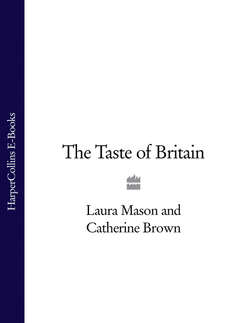Читать книгу The Taste of Britain - Hugh Fearnley-Whittingstall - Страница 128
FLAVOUR: SWEET, WITH LEMON AND SPICE. HISTORY:
ОглавлениеThe Colston bun is a popular teabread in Bristol. It is said to have gained its name from Edward Colston (1636-1721), a merchant who made a fortune trading with the West Indies. He founded an almshouse and a school, now a charitable trust administered by the Society of Merchant Venturers. The connection between Colston and the bun is through this trust. Each November, to commemorate the grant of the Charter to the Merchant Venturers, a service is held in the Cathedral attended by the pupils of Colston School. After the service, they are given a small currant bun (called the ha’penny starver), a Colston bun, and a 10 pence piece (the modern British coin based on the old silver florin). Of the 2 buns, it is said the smaller is for the child to consume immediately, and the larger to be taken home to share among the family.
The marked divisions on the top of the bun suggests a connection with the old-fashioned enriched breads known as wigs or whigs (see Hawkshead wigs p. 232), which were also marked in sections. Variant names are Colston ring or ring bun. The ha’penny starver was made with the same dough. They are made today by most craft bakers in the city.
